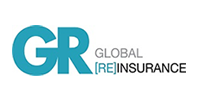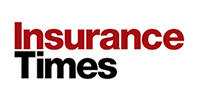“You need to have scale but not get lost in the diversity,” said Martin Albers, Swiss Re's head of European client markets. He was commenting on the company's recent acquisition of GE Insurance Solutions, a decision that saw it leapfrog Munich Re to become the world's largest reinsurer.
There are various challenges involved in merging the two substantial organisations, especially as “companies of a certain size have set ways of doing things”. With the recent announcement that up to 2,000 GEIS staff would lose their jobs, Albers said Swiss Re was pleased it was able to retain 60-70% of the key people from GEIS and that all staffing decisions had now been made.
While the intention is to cease writing the GEIS retro business, the reinsurer will continue with the UK critical illness portfolio “if conditions prevail”, despite having exited that area a few years ago. Swiss Re has historically avoided buying retrocession as “it is a bit incestuous and only goes around a few players”. Albers said the current capacity crunch for retro was an appropriate reflection of the current risks and rewards.
Commenting on natural catastrophes and the highly active hurricanes seasons in 2004 and 2005, he said the level of cat activity year on year would be less consistent in the future with “hit and miss” years. He believes alternative forms of capacity such as sidecars and cat bonds for peak exposures will continue to evolve and appeal to capital market investors. He said investors such as hedge funds were “on the prowl for additional yield” which is particularly valuable if it's uncorrelated.




































